SUMMER
What is it?
Meteorological versus Astronomical Calendars
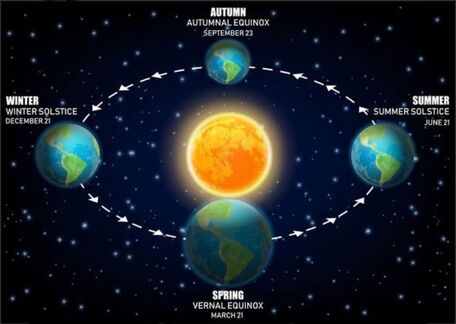
So when do we say summer is here? Mostly we do it with calendars that we make up to record time. The rotation of the Earth around the sun has been the basis for the astronomical calendar. We have two solstices and two equinoxes. Those natural phenomena have been the basis of the astronomical seasons for thousands of years. The tilt of the Earth and the alignment of the sun over the equator tell us when the solstices and equinoxes are. The equinoxes mark the time when the sun passes directly over the equator. That means that in the Northern Hemisphere, the summer solstice falls around June 21. The winter solstice is taking place around December 22. The spring equinox is on or around March 21 and the autumn equinox is on or around September 22. For the Southern Hemisphere the dates are the same, only the seasons are reversed.
Spring 2021
Start (March Equinox)
Start 20 5:37 am
Duration 92 days, 17 hrs, 54 mins
Summer 2021
Start (June Solstice)
Jun 20 11:32 pm
Duration 93 days, 15 hrs, 49 mins
Autumn 2021
Start (September Equinox)
Sep 22 :21 pm
Duration 89 days, 20 hrs, 38 mins
Winter 2021-2022
Start (December Solstice)
Dec 2110:59 am
Duration 88 days, 23 hrs, 34 mins
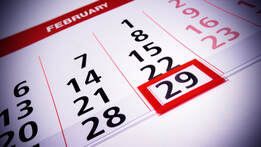
So which calendar serves a nation best is fluid. Some use both, while others rely more on one than the other.
- spring runs from March 1 to May 31;
- summer runs from June 1 to August 31;
- fall (autumn) runs from September 1 to November 30; and
- winter runs from December 1 to February 28
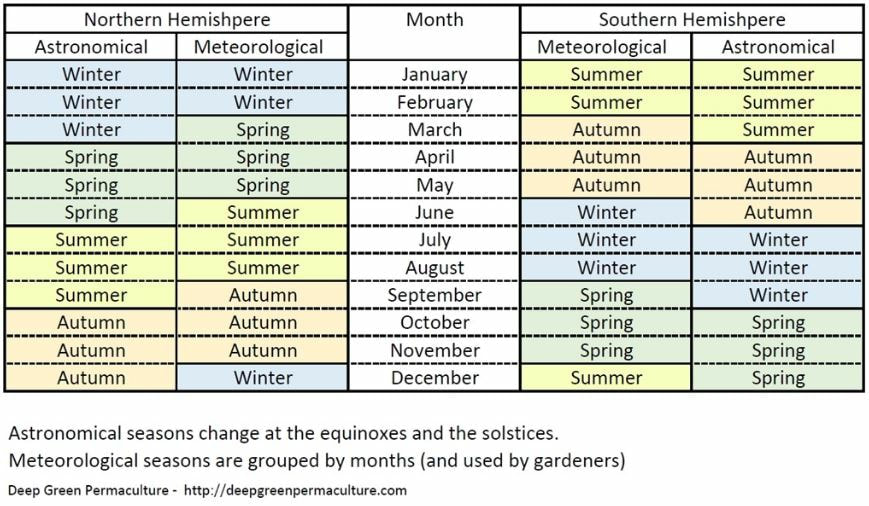
Meteorologists started such a calendar, which makes it easier to observe and predict any weather changes, because it is more accurate than the astronomical calendar as to predicting local weather. The length of the meteorological seasons is also more consistent, ranging from 90 days for winter of a non-leap year to 92 days for spring and summer. It has become easier to calculate seasonal statistics on a monthly basis, which are very useful for agriculture, commerce and a variety of other purposes.

Different countries adopt different methods. In Australia, spring begins on the meteorological 1st day of September (again it is in the southern hemisphere). In Ireland, February 1st begins spring on St Brigid’s Day. But in the Scandinavian countries this method does fall apart. Their marks are more tied to temperatures than calendar dates, as might be expected with their varied geography.
I am wondering which of the two will be used more in the future.
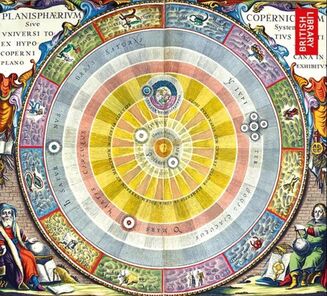
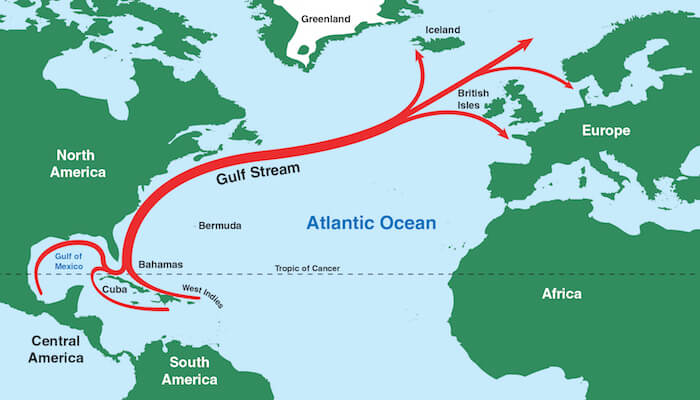

 RSS Feed
RSS Feed